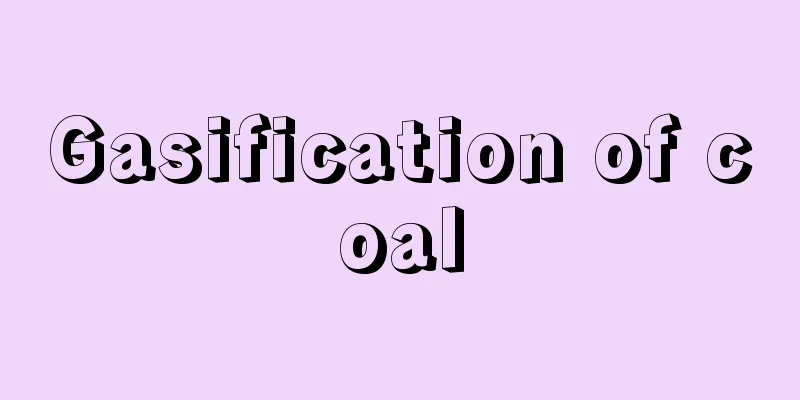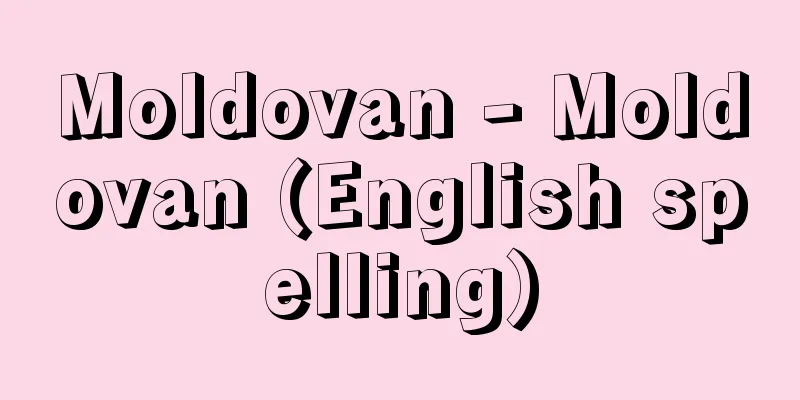Joseph [II] - Joseph
![Joseph [II] - Joseph](/upload/images/67cd1a8bdf9c0.webp)
|
Holy Roman Emperor (reigned 1765-1790). Son of Francis I. Initially ruled jointly with his mother Maria Theresa. A typical enlightened autocrat, he recognized religious freedom and promoted policies to protect the peasants. However, all reforms were linked to measures to strengthen state power, and the reforms collapsed upon his death due to domestic discontent and the failure of his foreign policy. → Related topics Enlightenment Absolutism | Treaty of Hubertusburg Source : Heibonsha Encyclopedia About MyPedia Information |
|
神聖ローマ皇帝(在位1765年―1790年)。フランツ1世の子。初めは母マリア・テレジアと共同統治。典型的な啓蒙専制君主で,宗教の自由を認め,また農民保護政策を推進した。しかしすべての改革は国家権力強化策と結びついており,それに対する国内の不満と外交政策の失敗のため改革は彼の死とともに瓦解した。 →関連項目啓蒙絶対主義|フベルトゥスブルクの和約 出典 株式会社平凡社百科事典マイペディアについて 情報 |
Recommend
Western Sahara - Nishisahara (English spelling) Western Sahara
A region in the western tip of Northwest Africa. ...
Zoisite (English spelling)
A type of epidote group mineral. It is also called...
Kannon faith
Belief in Kannon (short for Kannon Bodhisattva) to...
Miqra' (English spelling) Miqra
… [Division and Content of the Bible] [Old Testam...
Georg der Bärtige (English spelling)
… In 1485, the Wettins were divided into two bran...
pipette
A general term for a relatively simple glass inst...
Pierre de Ronsard
French poet. Leader of the Pleiade movement. Youn...
Uppsala University - Uppsala University
Located in Uppsala, Sweden, Uppsala University is...
Engel's law
This is an empirical law that German statistician...
Barred floor - Barred floor
It is also called ivory or eye carving. It is a ca...
Stylites; pillar saints
A solitary monk who practiced asceticism while liv...
Peacock, A.
...It was thought that by stimulating individual ...
Mazdak
...an Iranian religion during the Sassanid period...
Colicroot
...It is distributed in Honshu (west of Kanto), S...
hypokeimenōn (English spelling)
… [Entities and Attributes] One of the basic conc...









